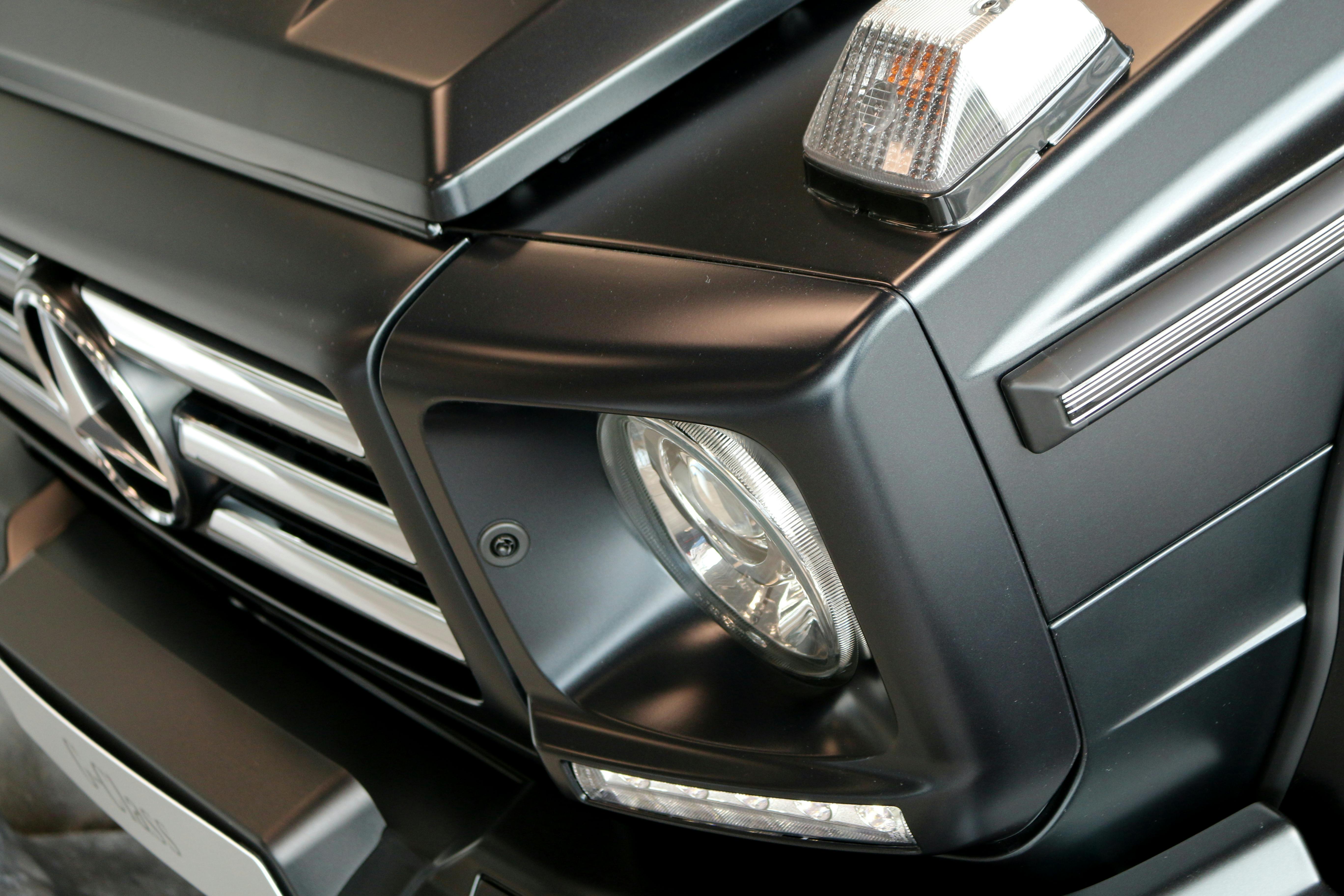The main roads are generally well maintained and paved, so they do not offer great difficulties to foreign motorists. The roads follow the ever-changing landscape as they wind through the countryside, with the landscape changing at almost every bend and turn. Most highways outside major towns and cities have only one lane in each direction, with an occasional passing lane to allow for safe passing. Therefore, you must allow enough time; as you will often find that your driving times are longer than expected.
In general, on main roads, you can average 80 to 100 km per hour in a car in a day of driving, although this changes depending on the terrain or when driving on secondary roads. Driving times are generally higher if you use campervan hire or motorhome hire.
Foreign visitors can legally drive for up to 12 months in New Zealand with their current foreign driver’s license. To rent a rental vehicle, you generally must be at least 21 years of age. The driver’s license must be valid and must be in English. If your driver’s license is in a language other than English, you will need to obtain an English translation with an International Driving Permit which can be obtained from foreign automobile organizations in your country. Foreign visitors must have their driver’s license with them at all times while driving. You will only be allowed to drive vehicles similar to your foreign license. After 12 months of driving in New Zealand, you must obtain a local New Zealand driver’s license. This applies to every visit to New Zealand.
Fuel in New Zealand
All rental cars in New Zealand generally run on petrol in New Zealand. However, New Zealand motorhomes and motorhomes can run on petrol or diesel. Smaller 2-berth vehicles typically use gasoline, while 4- and 6-berth vehicles run on diesel. Some of the modern 2 berth vehicles have now been designed to use diesel as well.
Diesel in New Zealand is generally 30-40% cheaper than petrol, so some of the larger motorhomes are often substantially cheaper than smaller petrol-powered motorhomes. So paying a little more to rent a larger diesel motorhome may not be much more expensive overall than smaller 2-berth petrol motorhomes. However, with larger vehicles, you will have much more space and comfort. Driving the larger RVs is also surprisingly easy, as most vehicles are extremely manoeuvrable.
Diesel vehicles in New Zealand are subject to a diesel fuel tax surcharge, which is collected by the New Zealand government. This charge varies based on the number of miles traveled and the size of the vehicle. Some (but not all) motorhome and motorhome companies pass this charge on as a rental surcharge at the end of the rental. However, compared to the fuel price savings due to lower diesel prices, the additional cost of the diesel fuel tax surcharge is relatively small. For the latest prices, visit the Price Watch website.
New Zealand road rules
Drivers in New Zealand drive on the left side of the road. The speed limit on open roads is 100 km/h and 50 km/h in built-up areas.
Seat belts must be worn by the driver and passengers in the front and rear seats. Children under 5 years of age must wear child restraint systems in cars, camper vans or motorhomes. If you are traveling with small children in campervans or motorhomes, check that they have child restraint accessories for the children traveling with you, as not all campervan models have the necessary accessories, or they may only have accessories for a limited number of children .
Drinking and driving laws are strictly enforced, so don’t drink alcohol before driving in New Zealand.
One road rule in New Zealand that is different, is that at all traffic junctions, drivers yield or give way to traffic on the right. One consequence of this is that when driving down a road, and you want to turn left; any traffic coming from the opposite direction, wanting to turn right, has the right of way. The driver turning left has to yield.



